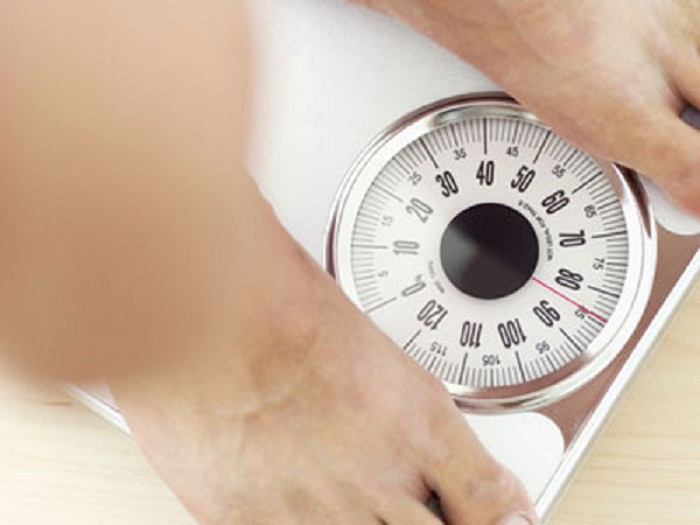Just like people loading up a trunk for a picnic at the park, "you can put things there; no problem," Li told Live Science.
But if men eat too much and don`t get enough exercise, then just like a jam-packed trunk, that belly space is going to run out of room, Li said. Once a man has a full potbelly, the body starts storing fat elsewhere, which is extremely unhealthy, she said.
"When they run out of storage place in the belly, that`s the time the fat starts to accumulate in the liver, pancreas and muscles," Li said. "Then, you start having real medical issues like [type 2] diabetes, high blood pressure, high cholesterol and heart disease."
In contrast, because of estrogen, women tend to store fat in their hips and legs, especially their thighs, Li said. Fat in these storage areas can give women needed energy when they are pregnant or breast-feeding, Li said.
"Women genetically have more capacity to store fat [than men do]," Li said. "That is part of our survival."
What`s more, storing fat in the hips and legs isn`t associated with the same health problems as belly fat, Li said. However, if a woman`s fat-storage areas in the hips and legs fill up, then she, too, can develop a stomach paunch. If that paunch fills up, then the body will start storing fat elsewhere, putting the woman at risk for the medical problems associated with a full potbelly, Li said.
Moreover, once women reach menopause, their estrogen levels drop. When this happens, women`s bodies stop storing fat in the hips and legs, and begin storing it in the belly, Li said. This explains why some older women can develop potbellies, just as men do, she said.
Women with higher-than-average levels of testosterone, as well as women with certain medical conditions that cause them to have lower levels of estrogen, such as polycystic ovarian syndrome, are also more likely to develop a potbelly than women with typical estrogen levels, said Dr. Mitchell Roslin, chief of obesity surgery at Lenox Hill Hospital in New York City.
Li noted that genetics and lifestyle determine just how large a potbelly can get. "Not every one of us can gain weight indefinitely," she said.
For instance, Chinese people tend to be slender, but about 12 percent of adults in China have diabetes (both types 1 and 2), according to a 2013 study in the journal JAMA. In contrast, a smaller percentage of American children and adults have diabetes — just more than 9 percent, according to a 2014 report from the Centers for Disease Control and Prevention — even though the U.S. has its fair share of potbellies.
So what`s the takeaway? Belly fat is unhealthy, but even people with perpetually small potbellies may be at risk for medical problems, as their bellies may not be able to get larger for genetic reasons, she said.
Li encouraged people with potbellies to work off the extra weight. Studies have also linked belly fat to an increased risk of dementia, osteoporosis in women and cancer, Live Science previously reported. Research has also shown that people with belly fat who are not technically obese are more likely to die from heart disease than obese people are, Live Science reported in 2012.
Luckily, when people exercise, the belly is usually the first place to shed pounds, Li said.
"[Belly fat] has significant medical consequences," Li said. "Man or woman, if you start showing a belly, it`s time to work on your lifestyle."
/Live Science/
More about:
















































